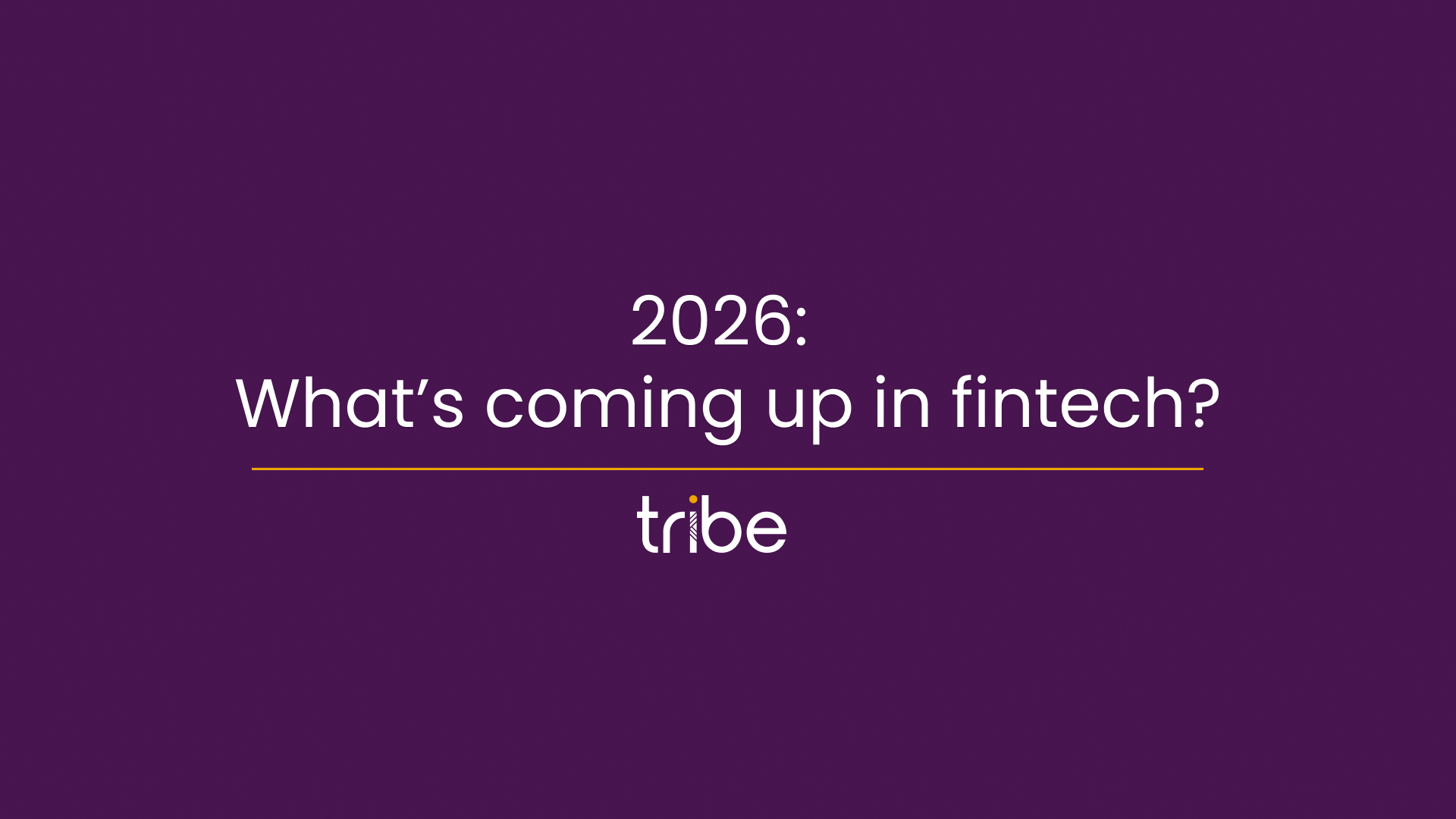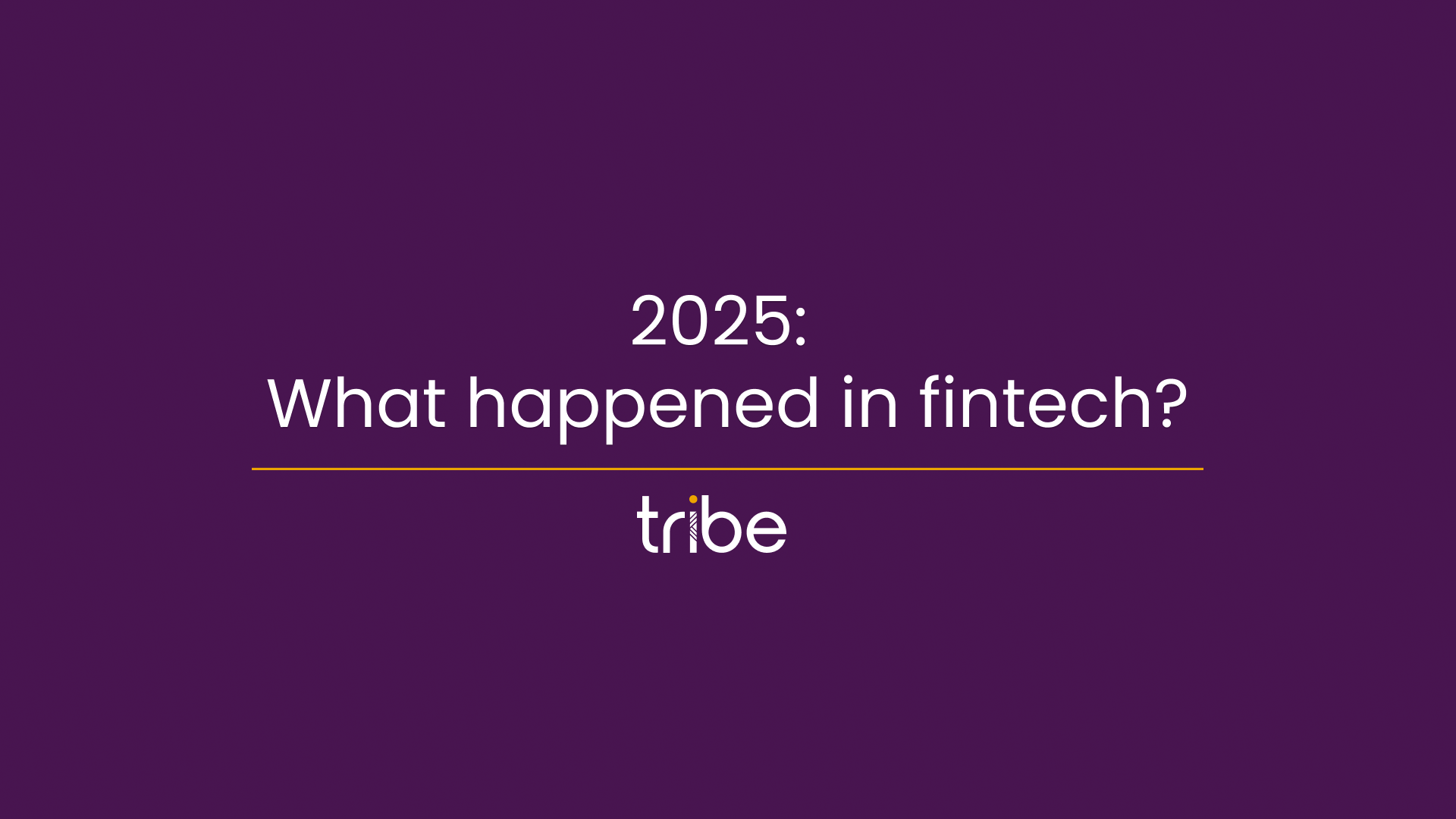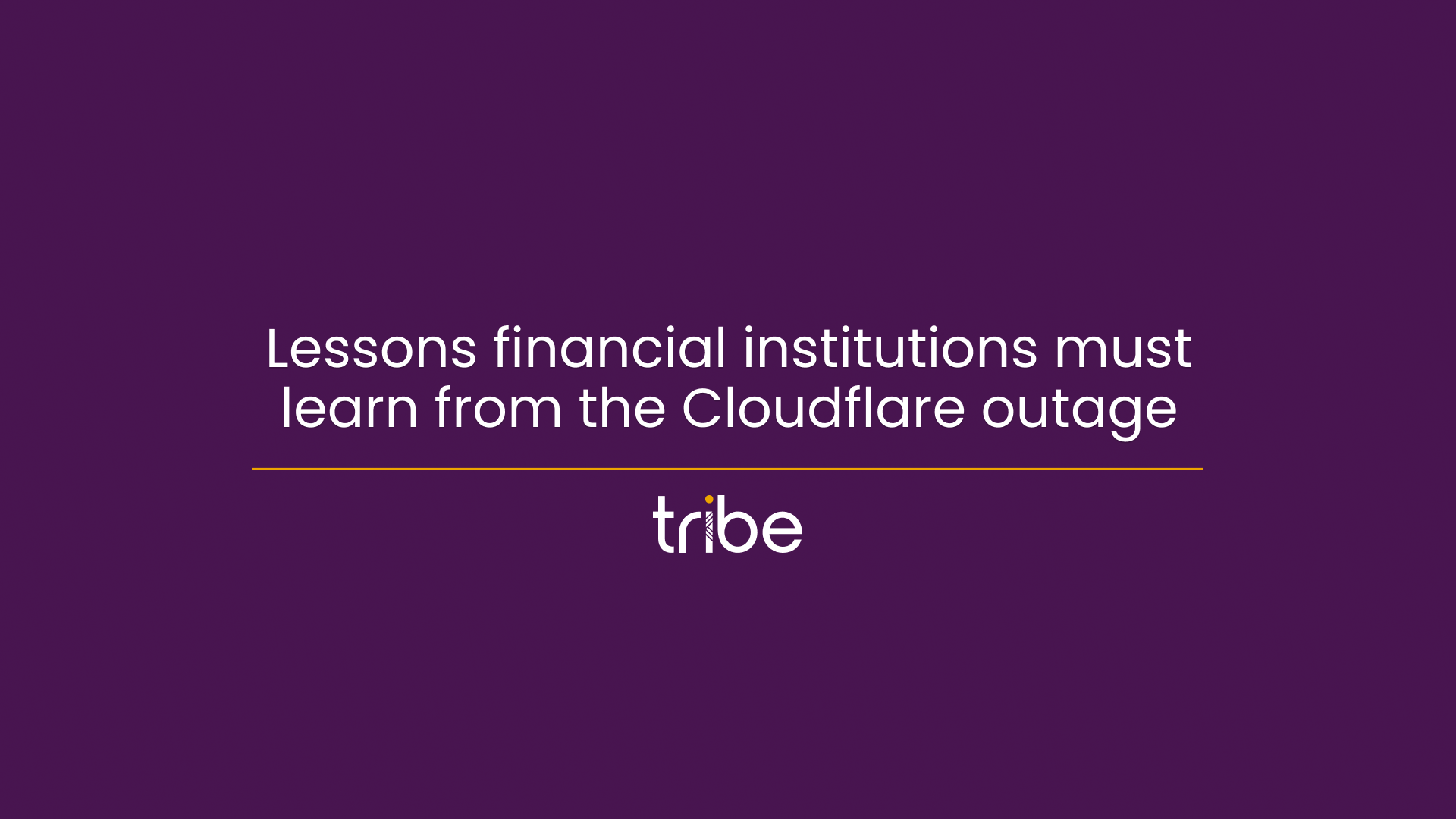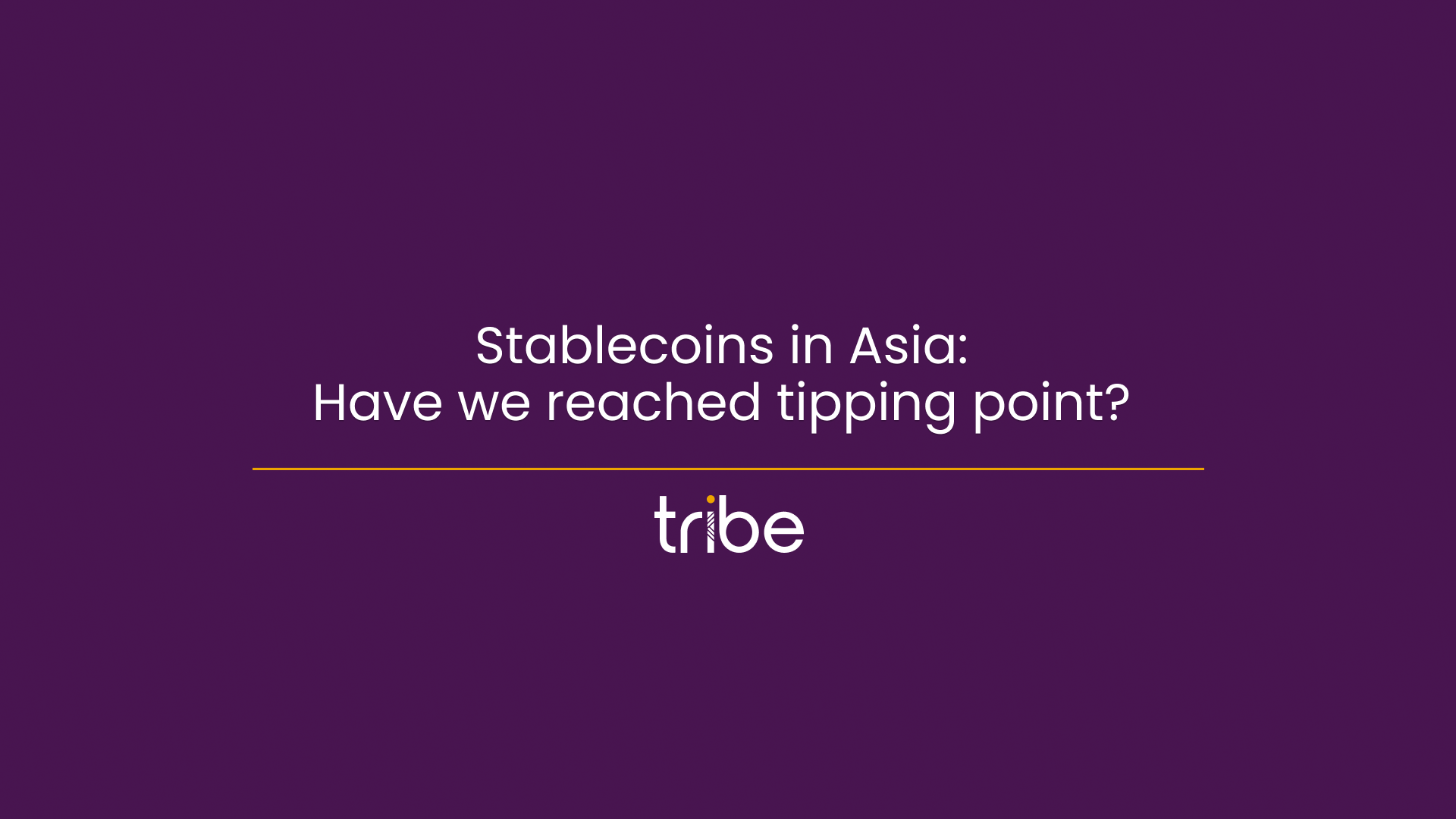Explaining Embedded Finance
Back to Knowledge HubAs the great fintech revolution continues at a rampant pace, the Tribe Knowledge Hub turns its attention to embedded finance. It’s one of the hottest topics in fintech simply because it’s set to change the way we live and work.
There’s a lot to cover, so in this first blog in our series on the topic, we take a look at how and why embedded finance is a game-changer.
What is embedded finance?
Embedded finance is the integration of a financial service or fintech solution with a (usually) non-financial service business or service. It’s designed to streamline financial processes for customers - to give them instant, easy access to relevant financial services at the point of interaction. This point of interaction could be a website, app, or an in-person interaction – in all cases, the customer can gain access to the financial products they may need, without having to go separately to a third party provider.
Below, we look at some different kinds of embedded finance, with a few practical examples to help explain further.
Five examples of embedded finance
- Embedded payments: Digital wallets like PayPal are the most commonly used example of embedded payments. Cards are (usually) behind the transaction, but because the payment is processed seamlessly, it becomes an embedded part of the checkout experience. App-based businesses like Uber and Just Eat have got this process down to a fine art already.
- Embedded lending: Buy Now Pay Later (BNPL) is where embedded payments meets embedded lending. BNPL is becoming extremely popular with younger consumers, partly because it offers a more digital, frictionless approach to accessing credit. Beyond this, an increasing number of businesses are offering loans at the point of sale, (mostly online, but in physical outlets too) to allow customers to easily finance larger purchases or support life events without having to pay a separate visit to a loan company or alternative website.
- Embedded insurance: From offering paid extended warranties on high value goods at the checkout, to providing options for things like car insurance as a part of the car purchase experience, there are plenty of use cases where customers can purchase insurance almost instantly as part of a related purchase or process.
- Embedded investments: Embedded investments and trading apps are a great example of where different areas of finance can connect in one embedded experience. There are already many fintech apps that are specifically designed to make investing and trading much easier and more accessible, enabling customers to connect with various stock and trading options, deal in crypto and many other options - all via a single interface.
- Embedded banking: Embedded banking can offer a range of interesting alternatives to traditional banking, depending on the provider. For instance, in the US, the Starbucks app allows customers to store cash and earn reward points, but it also offers deposit and credit facilities, underpinned by JP Morgan.
Benefits of embedded finance
Embedded payments are becoming ‘table stakes’ in the e-commerce world and they’re a core part of why taxi apps, and one-click online checkouts are so popular. Customers can order what they want and pay for it seamlessly – so much so that the act of paying is almost removed, because the transaction is automated in the background.
In all types of embedded finance, the benefit to the customer is clear – convenience, personalisation, ease and speed. But what are the benefits for the businesses who invest in offering embedded finance services?
The power of embedded finance to attract and retain customers is almost palpable. It enables businesses to offer a service that isn’t core to them, but is connected to the customer. If they can do so in a way that is integral to the customers’ needs or journey, and in a slick, timely way, then they’re on to a winner. Embedded finance can create natural cross-sell opportunities, help reduce customer acquisition costs and increase customer ‘stickiness’ and lifetime value. The trifecta of success for most businesses.
Where is embedded finance headed next?
The presence of embedded finance will only continue to grow in society, with it expected to be a dominant presence in the industry by 2030 and change market structures and business models.
The challenges and opportunities, much like many other fintech fields, all boil down to one key thing: delivering the right user experience, at the right time. We’ve seen the incredible success of AliPay and WeChat - the super-app giants of China. Alipay is a great example of a self-professed ‘lifestyle’ app that incorporates many of the different types of embedded finance listed above – they can pay for their shopping or restaurant bill, order and pay for a taxi, but they can also view and move money, buy insurance and manage investments, among other things.
Of course, Alipay and WeChat are exceptional examples (for many reasons) and, while super apps are undoubtedly an important part of the future of embedded finance, they are certainly not the only route for delivering these highly innovative, personalised services to consumers.
The very nature of embedded finance means that to deliver successful products and services, fintech firms will need to partner, collaborate and integrate. But of course it’s not just about partnering within the financial services ecosystem – but outside of it too. So many of the possibilities for embedded finance will come from working with retailers, tech businesses, leisure companies and many, many more – the potential is almost limitless.
Don’t miss out on the next in the Embedded Finance series, subscribe to our newsletter and follow us on LinkedIn and Twitter.
You can also catch up with one of the Tribe at the upcoming FTT Embedded Finance event on 26th April in London. To book a meeting with one of the team, get in touch.







.png)
.png)



.png?width=137&height=90&name=Payments%20Awards%20(1).png)


.png)